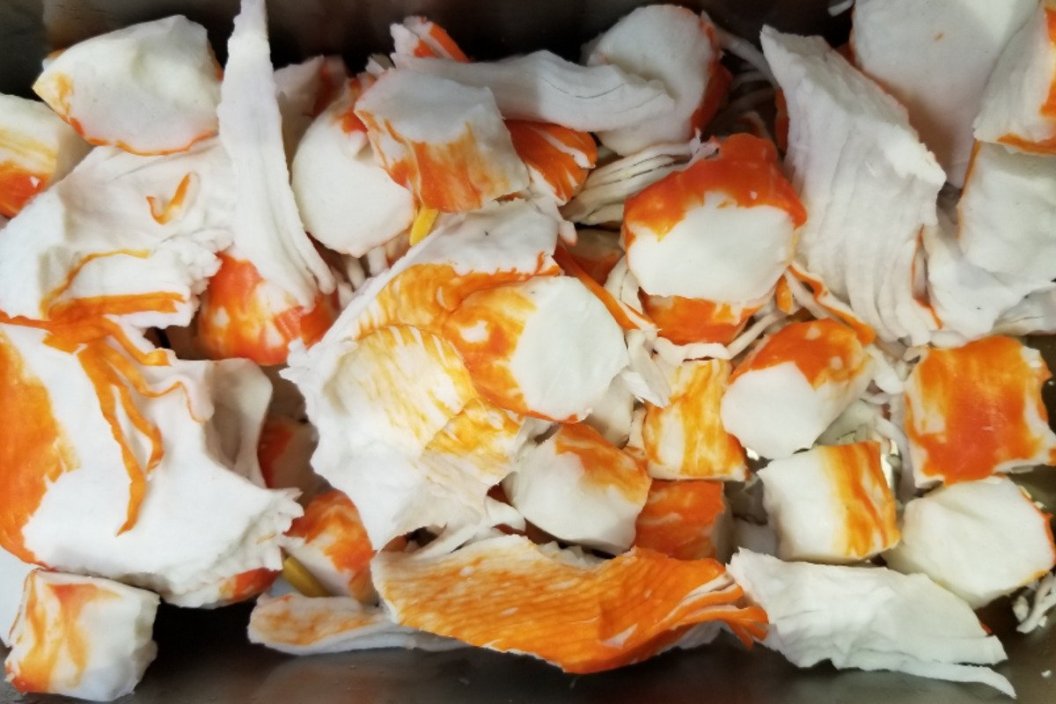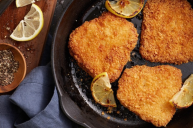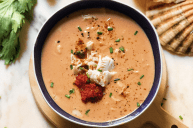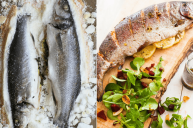Recipes that use crab meat are popular for a good reason. Crab is delicious and you can incorporate it into so many different kinds of dishes, making it useful for appetizers and main dishes alike. Crab is a versatile seafood, but it's also expensive. As with other luxury ingredients, many people will opt for a cheaper ingredient if a substitute is readily available.
Fortunately imitation crab means that there is an alternative to expensive crab, but what is imitation crab? Imitation crab is one of those dishes that looks a little suspicious, so it's easy to find yourself looking at it skeptically. Is it good? Is it good for you? Let's take an in-depth look at this mock seafood that you often find in sushi rolls and crab rangoon.
Mock meats have been around a long time, although they're growing in popularity. Veggie burgers take the place of beef, and there are infamous soy-based products like Tofurkey. But imitation crab meat isn't technically a mock seafood, because the main ingredient is actually fish.
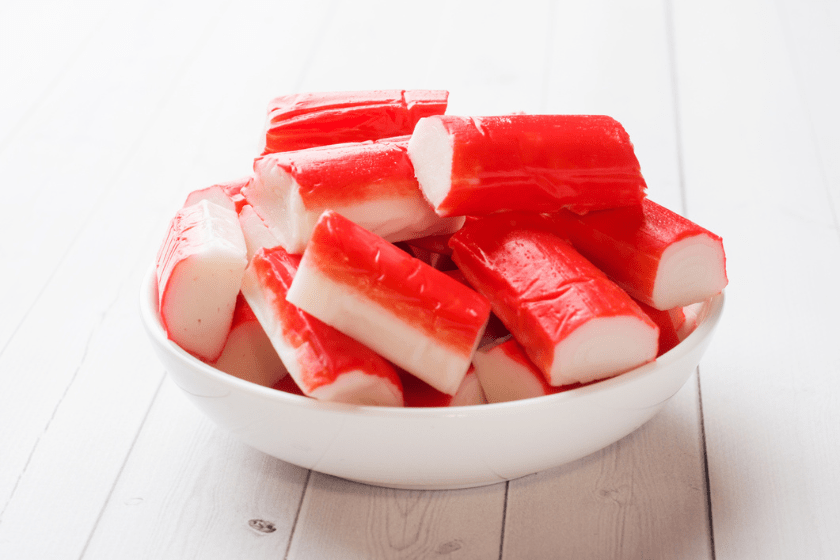
iStock/Getty Images
Surimi, which is Japanese for "ground fish," is bits of fish blended together to form a paste. According to The Japan Times, "Surimi has been used in Japan for over 800 years in the form of kamaboko, a kind of seafood log that can be produced in various shapes and colors, which is sliced and most commonly added to soups."
The kamaboko is the precursor to the crab stick, which was invented by Katsuichi Osaki at the Osaki Suisan Company in 1974 in Kusatsu, Japan. Osaki added red food coloring to the crab stick and cut them into strips so that they would look more like crab legs. These Asian crab sticks are often used for sushi, specifically to make California rolls.
Here's a fun fact: Surimi seafood is made here in the United States. Although imitation crab was being imported from Japan and was becoming popular with consumers, there wasn't a welcoming atmosphere for producing surimi products domestically until the 80s, says Alaska Pubic Media. But with the collapse of a king crab fishery in Kodiak, food suppliers were looking for an alternative and Alaska fisheries catch a lot of Alaskan pollock which, as it turns out, is the perfect fish to make imitation crab with.
What Is Imitation Crab Meat Made Of?
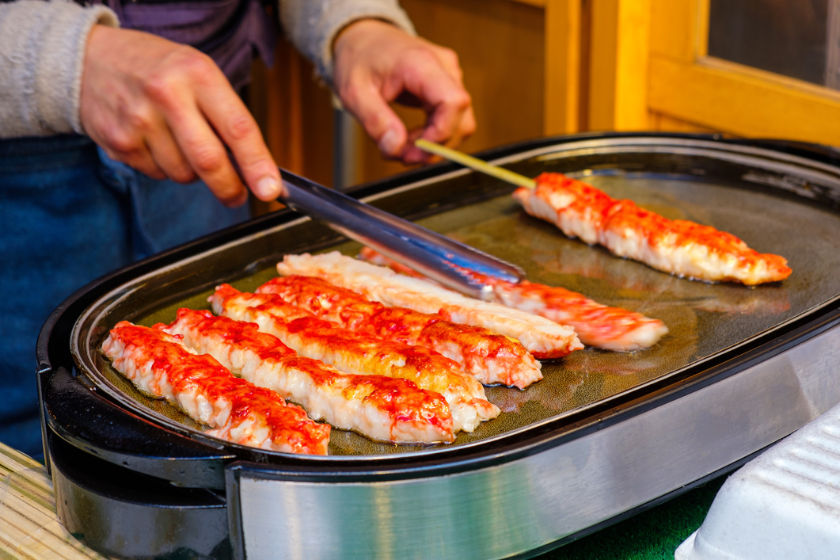
iStock/Getty Images
Imitation crab doesn't include any actual crab meat, and although it does include fish, today only about half of the seafood product is made with real fish meat, mostly a white fish such as Alaskan pollock. Food manufacturers use egg whites and starch to give the food its shape, and flavorings include salt, sugar and other sweeteners, and natural or artificial flavors to give it a crab-like taste.
Is It Healthy?
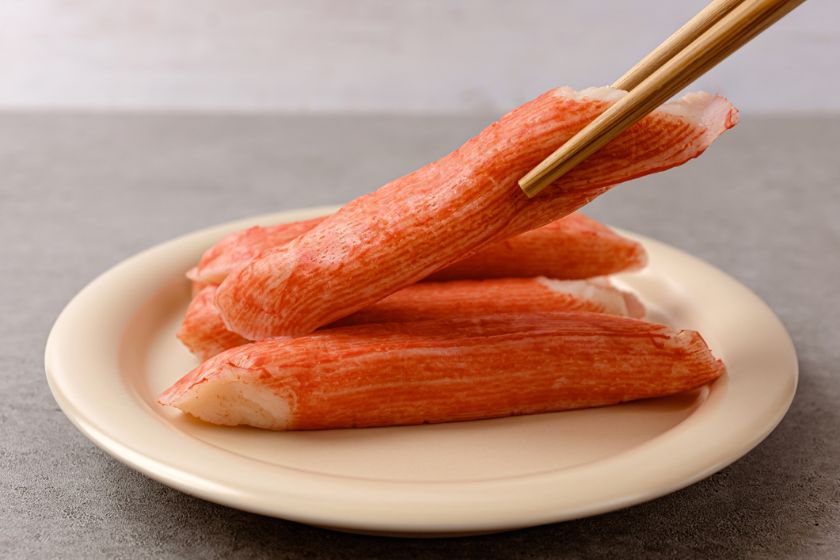
iStock/Getty Images
Nutritionally speaking, the imitation crab products you see on restaurant menus have less fat and cholesterol than real crab meat. However, imitation crab also has less protein and fewer nutrients than the real thing. It also has more sugar than fresh crab, so overall has less nutritional value. Real crab is a great source of omega-3 fatty acids, potassium, selenium and vitamin B12, which imitation crab doesn't contain much of. Some brands add other additives like sorbitol for preservation, vegetable oil for texture and to extend shelf life, and monosodium glutamate (MSG) for flavor.
Imitation crab, in spite of its nickname as the "hot dog of the sea," isn't inherently bad. In fact, in many dishes, it's a smart, cost-effective choice. If you're mixing the crab with other ingredients, as with crab dip, crab salad or a seafood salad, using quality imitation crab can make your food budget go farther.
But like all processed foods, take a good look at the label when buying it at the grocery store to see exactly what is in your imitation crab before buying it. And if you're eating out, ask if the crab cakes or crab rolls are the real deal or made from surimi.
How To Use
Imitation crab might be the hot dog of the sea, but you can still use it to make some pretty tasty dishes, especially when summer rolls around. It's versatile, easy to use, and a good source of protein. Imitation crab tastes great in homemade sushi rolls, crab dip, and even crab rangoon. When imitation crab is shredded, it's hard to tell the difference between it and the real thing. Throw in salads, or stuff jalapenos with imitation crab and cream cheese before grilling. Your tastebuds will thank you!
This post was originally published on March 3, 2021.
